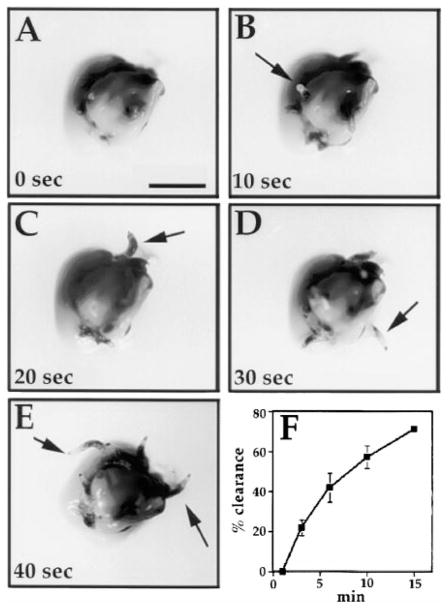Figure 1. Hypoxia Induces Exploratory Behavior in Larvae.
(A–E) Exposure of early third instar larvae to hypoxia (1% O2) resulted in a rapid behavioral response in which the larvae ceased feeding and extracted themselves from the food. Images were taken at 10 s intervals following onset of hypoxia (A–E). The panels show a mound of yeast in which the larvae are largely buried. Initially, only their posterior ends protrude (arrows in [B] and [C]), but they turn around as they prepare to leave the food (arrows in [D] and [E] show larvae with their more pointed anterior ends protruding). Scale bar is 5 mm.
(F) After 15 min of hypoxia, approximately 75% of the larva had left the food. Percents given are the average of three experiments.

